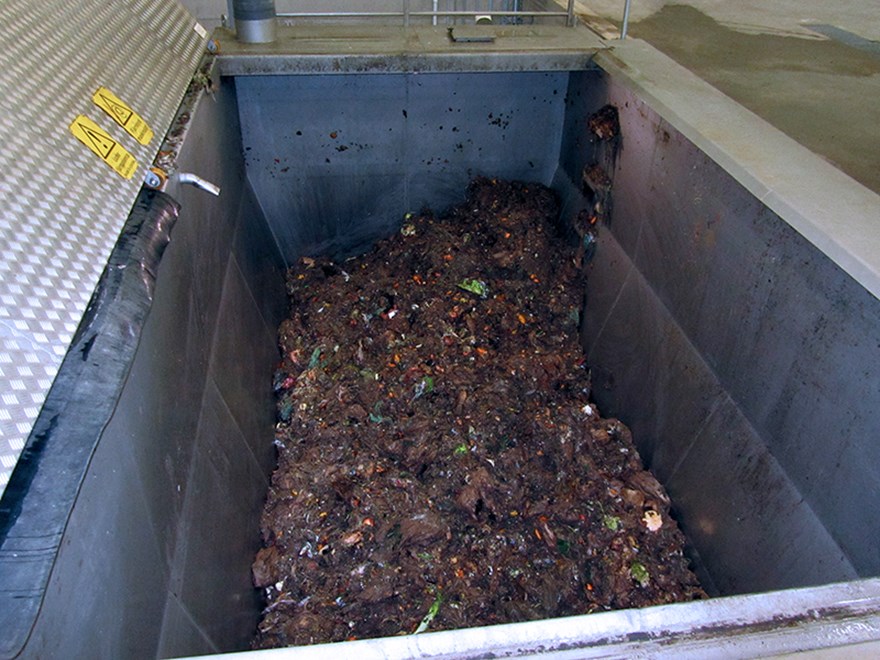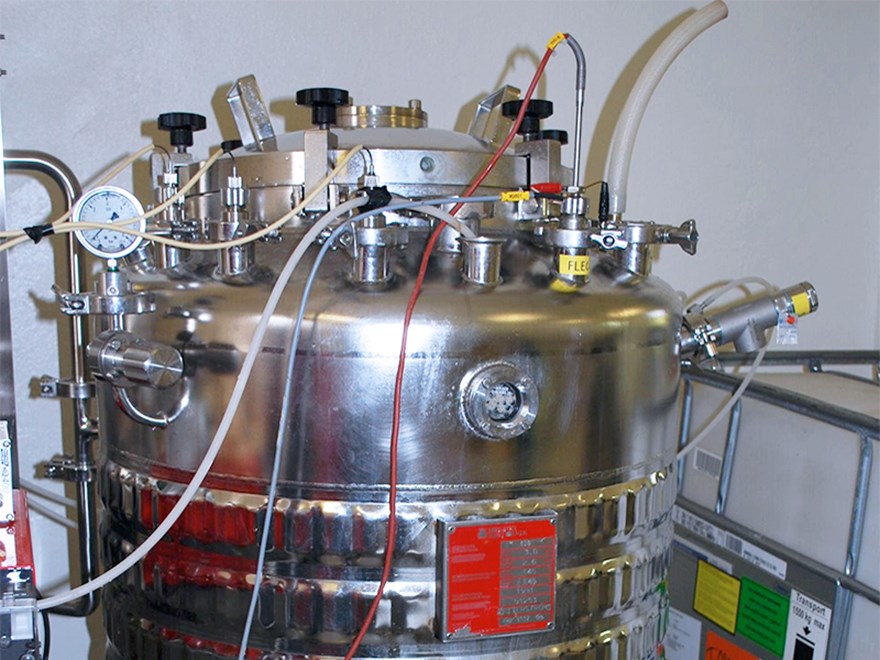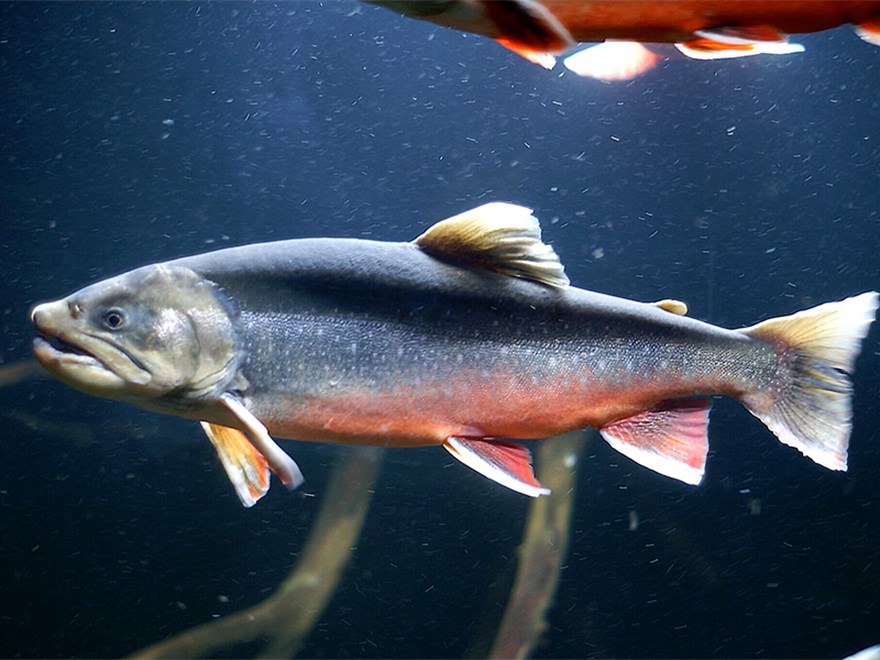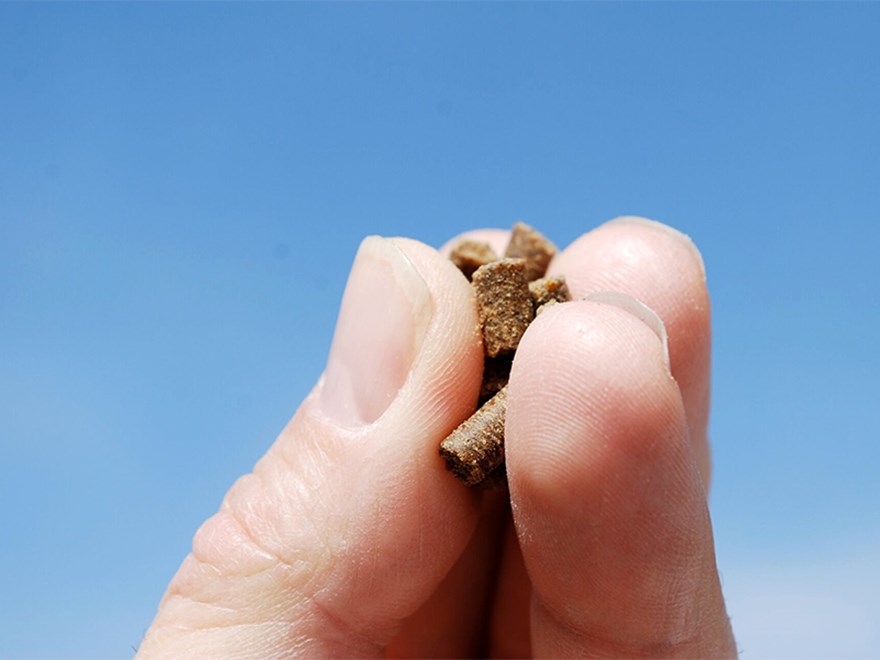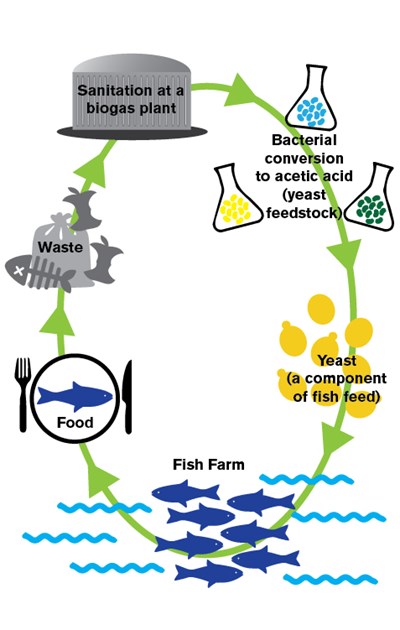
Microbes convert food waste to environmentally friendly fish feed

In this project, we evaluate the possibility to use microbes growing on food waste as an environmentally friendly alternative to today's fish meal and soy in fish feed.
The waste is initially converted by anaerobic microbial process that involves so-called acetogenic bacteria to the main product; acetic acid. Acetic acid and residual nutrients are then used as substrates for oxygenated yeast culture, and the yeast is then used as a feed ingredient.
The new feed is evaluated both from a systems perspective with a life cycle assessment (LCA) and from a biological perspective in trials with fish.
Read more about the four sub projects below.
Published: 23 May 2023 - Page editor: adrian.dauphinee@slu.se
Loading…
